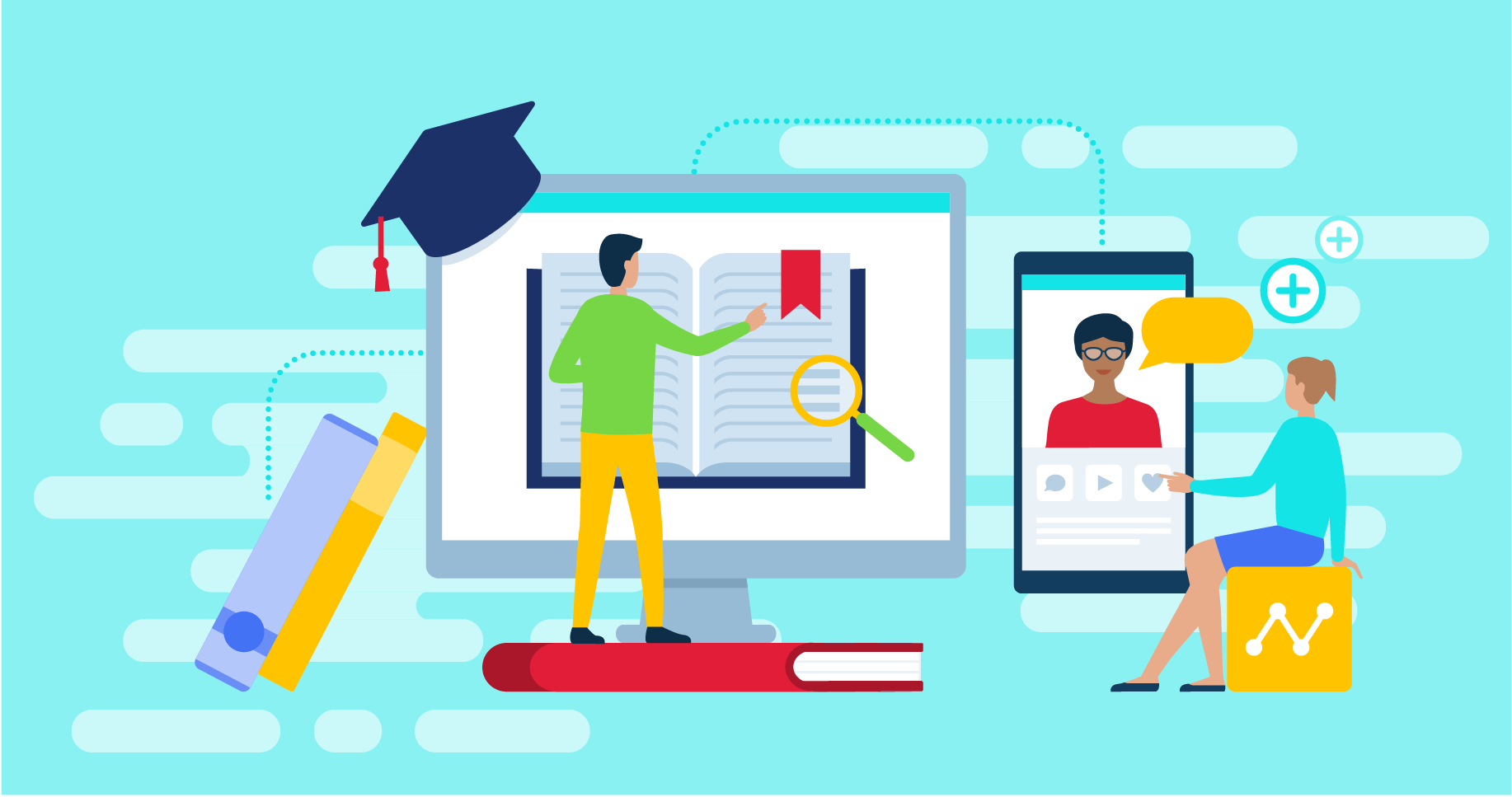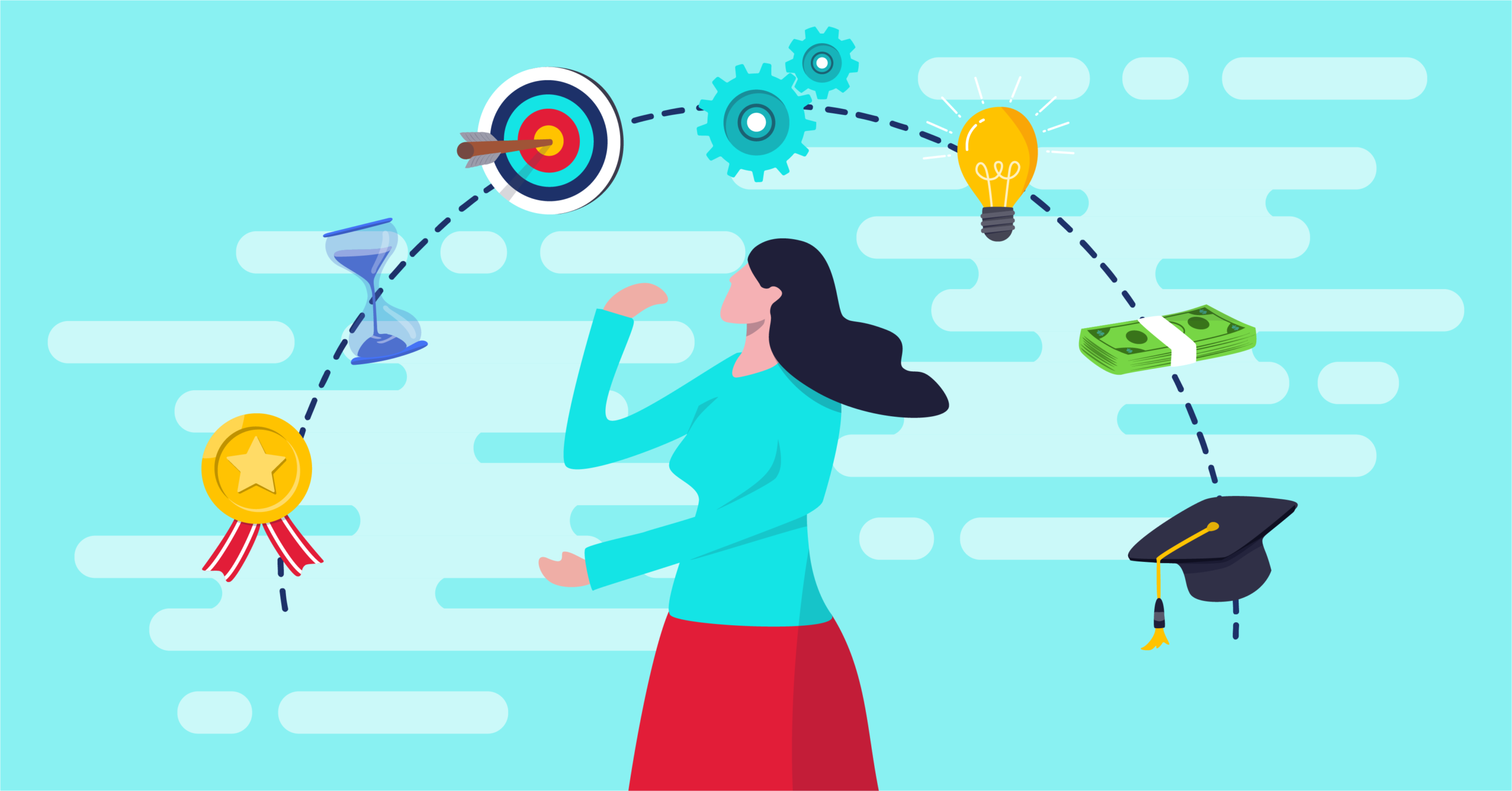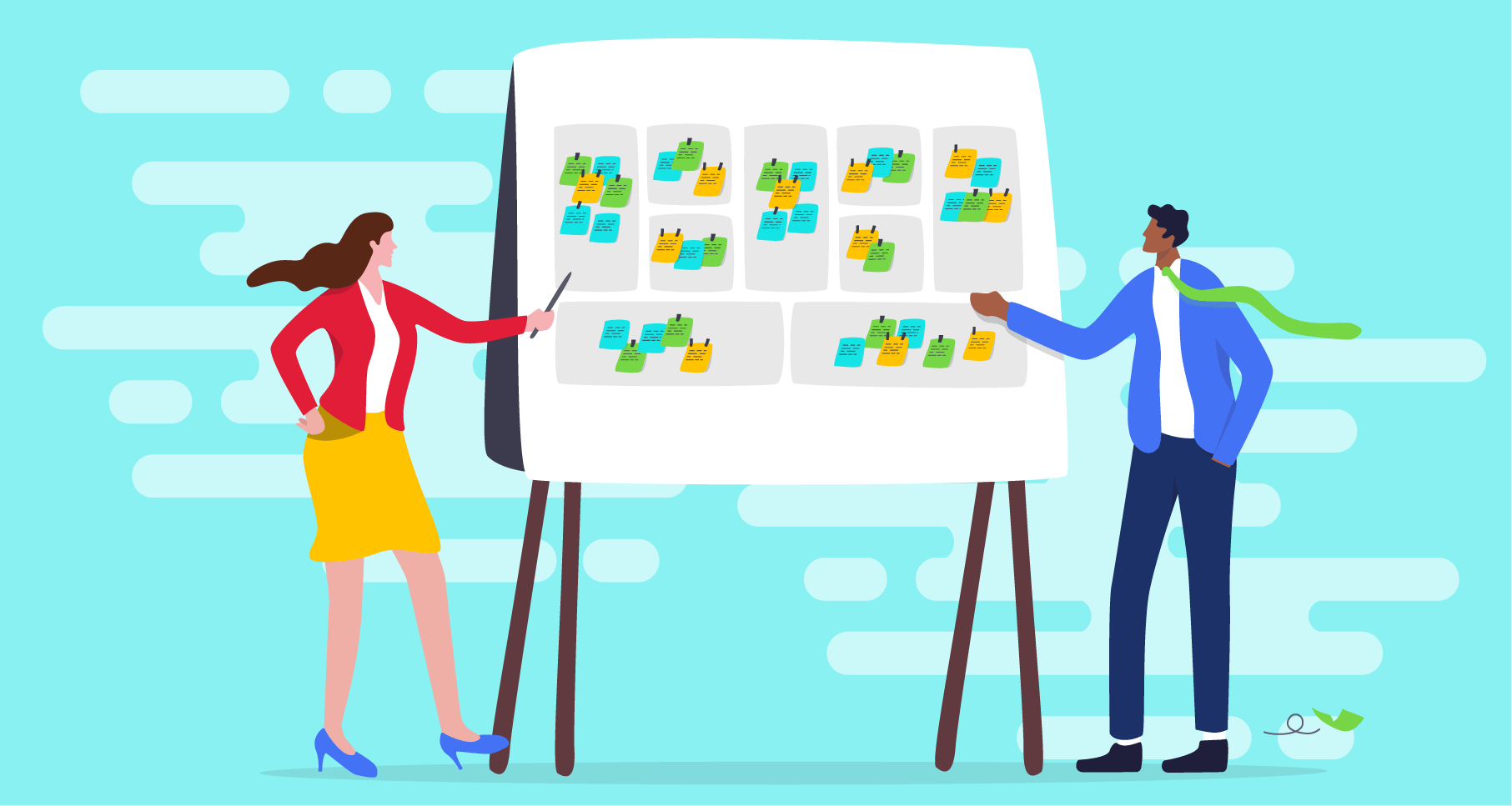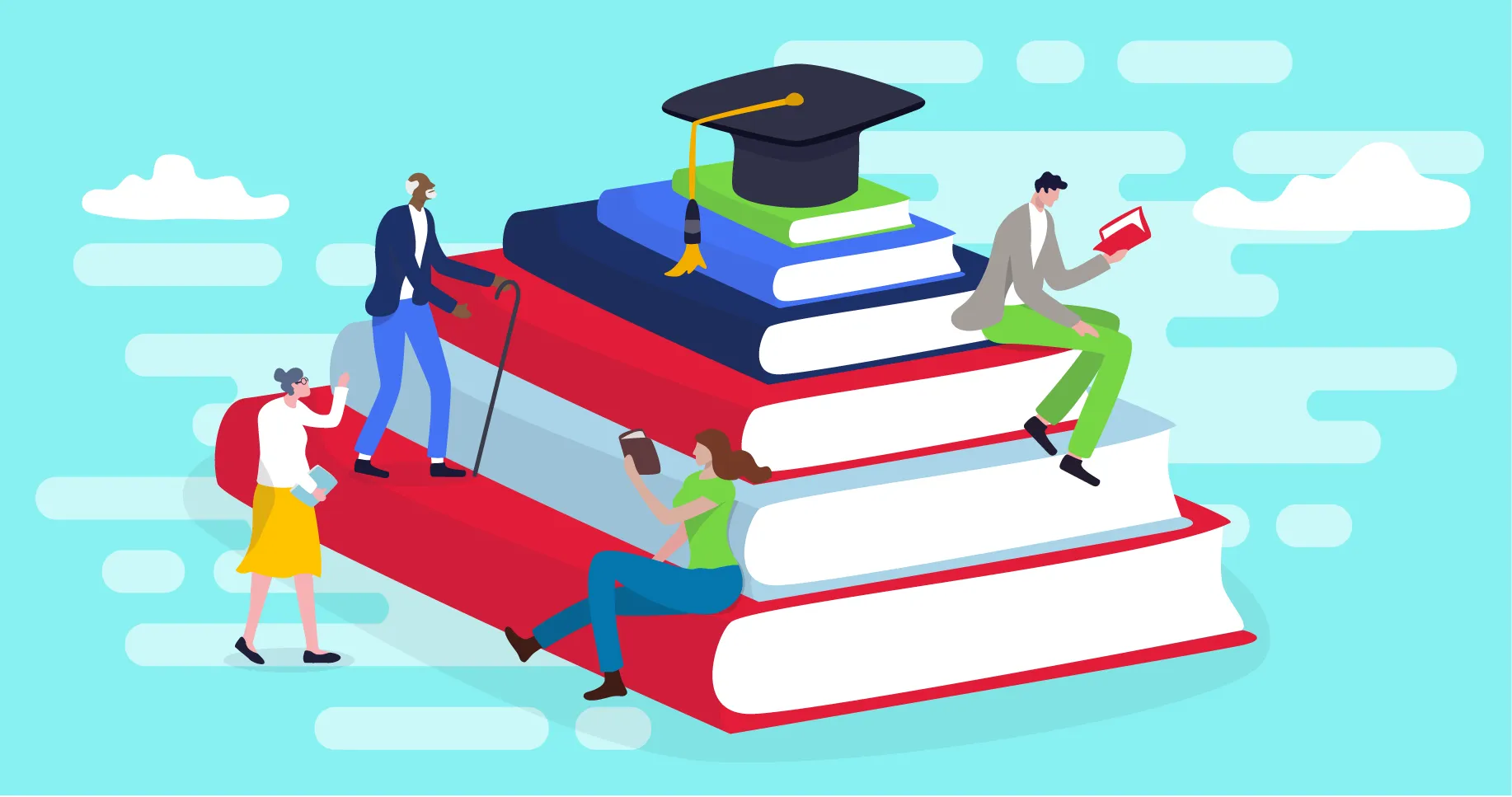
Watch the on-demand webinar on this topic!
Over the past decade, the rapid advancement in using digital technologies in most industries is known as the digital experience (DX). It has been developing quickly outside of higher education, and has only increased students’ expectations for digital interaction with their colleges and universities as a result. Unfortunately, higher education institutions have lagged private industry in the use of technology, and now the gap in DX quality will only grow wider. One cannot think about the DX unless one also understands the SX, or student experience.
The student experience is how students interact with the institution’s faculty, staff, and other students, irrespective of the mode of interaction (e.g., web, mobile, in-person, phone).
The student experience encompasses all aspects of a student’s life at an institution. Everything from admissions, onboarding, academic instructions, institutional facilities, and student activities programming to athletics and graduation (and more!) influences the student experience.
If you want your university to be competitive and attract the best students, your system must look at the level of satisfaction and dissatisfaction associated with the technology, processes, and interfaces between the students and the administrators and faculty. Although this is a new focus for most higher education institutions, there are five steps you should consider before making improvements to your student experience or moving towards a digital experience.
Step 1: Listen to the Voice of the Students
Listening to the voice of your students will enable you to focus on what matters most to them. Following along the lessons learned from other universities, Attain Partners has been working with higher education institutions to improve the student experience, which includes the multitude of ways a student interacts with an institution, such as:
Step 2: Assess Your Organization – Get a Health Check
Student services are compartmentalized, with students often viewed through the specific job functions faculty or staff perform. Business processes and systems are not often planned strategically and tend to lack integration, resulting in a disjointed and unsatisfying student experience. In other words, students become frustrated and disappointed! For example, students having to seek answers from multiple business units (e.g., admissions, financial aid) takes time and may not result in a satisfactory result.
Sources of student dissatisfaction are often overlooked. Once you begin to think about students as customers, you will find that every interaction they have with an institution can improve. To better understand where the dissatisfaction comes from, universities should consider conducting an independent review of the services and processes that impact students. Conducting a ‘health check’ will enable the system to identify and prioritize the opportunities for improvement.
An effective assessment must include stakeholder feedback, input from students, a high-level review of services, programs, and processes, and the value each brings to the student experience and to the university.
Step 3: Develop a Student Experience Strategy
Develop a strategy to determine where to improve the student experience and provide guiding principles for deploying that strategy.
An exceptional student experience strategy encourages meaningful interactions between students, faculty, and staff, which result in profound personal relationships that foster students’ academic, developmental, and career success.
They are seeing results in retention and graduation rates as business processes, students, and technology are integrated. Areas of continuous improvement have been to:
- Enhance onboarding
- Create a great first-year experience
- Provide data to proactively advise students
- Enable early exposure to career planning
- Expand access to experiential learning activities
- Enhance student support services (by removing wasted tasks and obstacles)
- Foster a success-oriented mindset and sense of belonging
- Remove institutional obstacles to success
The classroom experience is especially important. Students who succeed feel that their classes are relevant and engaging and that their professors genuinely care about their learning and success. Active learning is valuable not only because it can contribute significantly to improved skills development and better command of the material, but because it engages students in their own learning.
Step 4: Design or Enhance to a Digital Experience
Digital experience is not a panacea that can resolve every challenge with student experience. However, a well-crafted strategy that includes digital technology can dramatically improve students’ interactions with staff, faculty, and other students. To be effective, the planning must work with other technology, such as a CRM, to seamlessly tie together student interactions, both digital and analog. Therefore, digital experience planning should be managed within the context of the overall student experience.
In addition, it is important to consider business process changes and build a unified communication strategy that creates opportunities to maximize the effectiveness of digital interactions.
Undoubtedly, students desire easy access to their data and information with robust self-service capabilities. However, the institution must not view self-service as the goal; it is merely a tool that enhances the institution’s ability to build relationships with its students.
Digital experience should promote deeper relationships by:
- Making interactions easier – Students not only have a relationship with faculty, staff, and other students, but a larger relationship with the institution. The easier it is for the students to interact and complete tasks, the more satisfied students will be with that relationship.
- Creating seamless service – Higher education is typically heavily siloed and bureaucratic. This can create service challenges. Carefully planning self-service can break down those silos, thereby, improving the relationship between the student and institution.
- Increasing staff time to focus on significant issues – Faculty and staff time is limited. Minimizing the amount of time spent on mundane interactions (i.e., routine questions or tasks) frees time for meaningful interactions that truly build a relationship with the student.
Step 5: Develop a Change Management Plan
The final step is to develop a comprehensive change management plan that can act on the opportunities to improve the student experience and make it more effective and more digital. This plan should include support from external experts to help manage the obstacles that often get in the way as well as engage students, faculty, and administrative staff. Another way to describe this step is, “How much can we make happen, and how fast?”
Are You Ready?
If your institution is looking to begin a transformation of the student experience or is interested in creating a new strategic direction, Attain Partners is up for the challenge. We can collaboratively bring our experiences working with Salesforce and Workday to life, helping your university engage students with the tools they will need. Contact us today.
To learn more about how other universities have improved their student and digital experience, read the full whitepaper.
About the Authors

Joseph A. DeFeo has been at the forefront of building cultures of excellence for over 35 years. With a career spanning education, training, consulting, and coaching, Dr. DeFeo has dedicated his life’s work to the pursuit of helping organizations across the globe improve the quality of their people, services, and processes. As one of the world’s leading experts on the development of organization-wide transformation to improve the overall customer experience.
John Knost has over 20 years of experience in higher education operations, compliance, and technology expert. Whether working at a university or as a consultant, Mr, Knost has a proven record of accomplishment in integrating business processes, technology, and compliance to increase efficiency, accuracy, and student success.

Be the First to Know
Subscribe to our monthly Pulse newsletter
to be the first to hear about new blog posts













